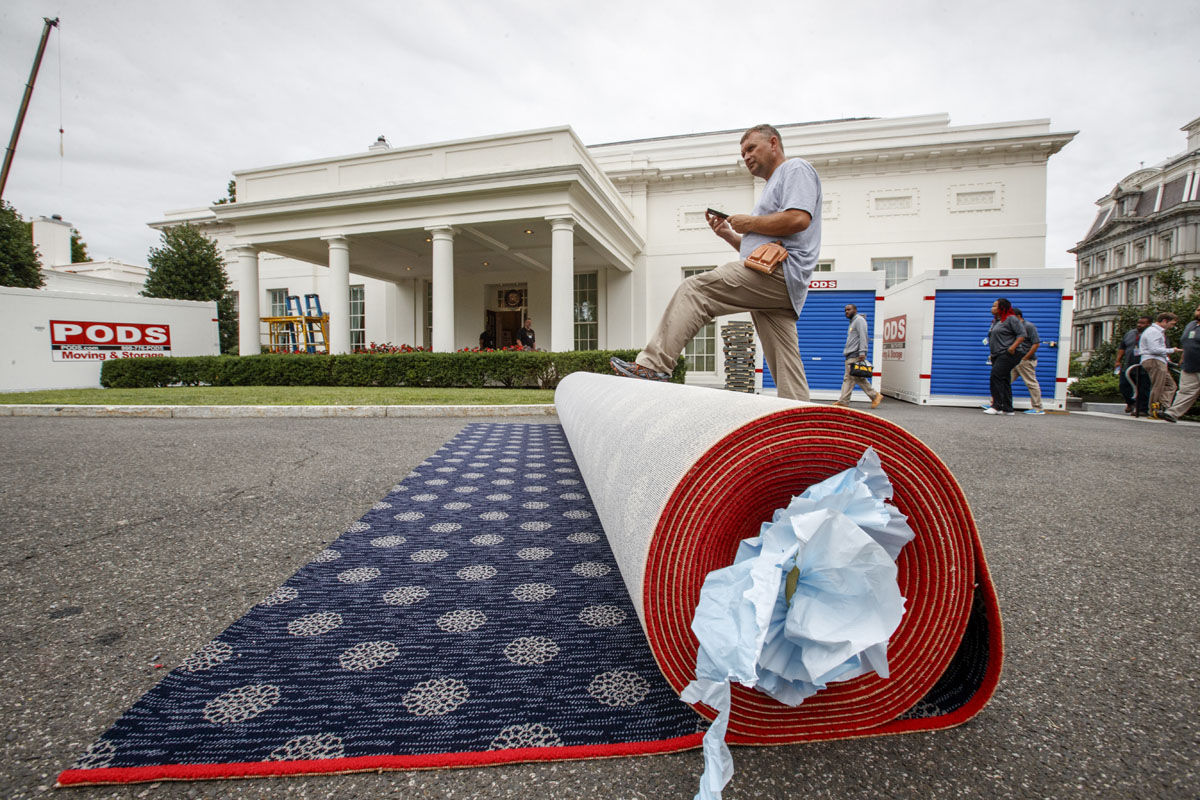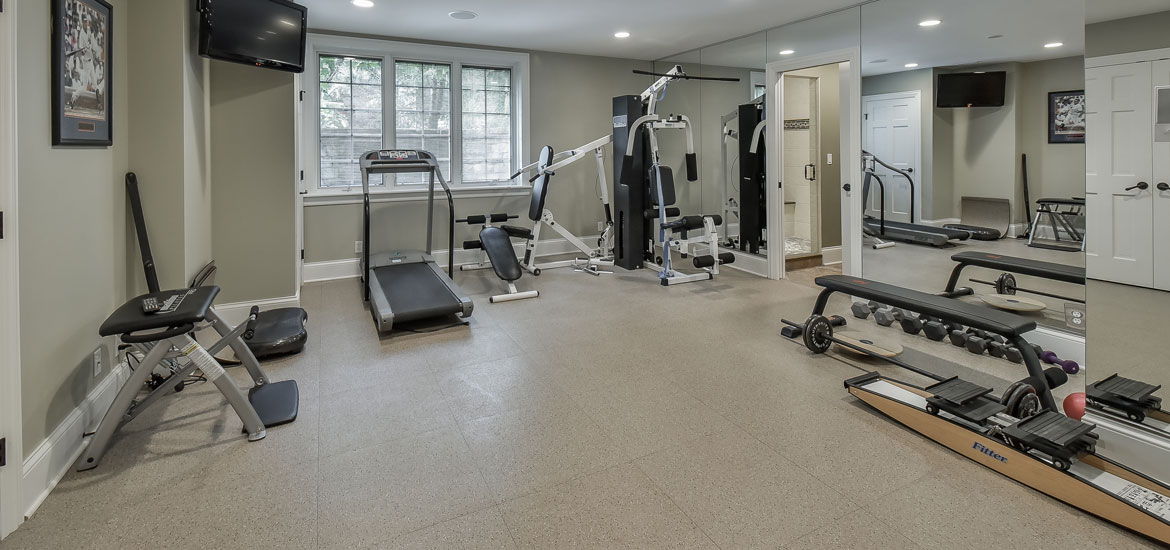Table Of Content

It’s a 5,500-square-foot (511-square-meter), highly secure complex of conference rooms and offices on the ground floor of the West Wing. Jefferson had created the terraces as a place to sit or stroll, enjoying the outdoors in good weather. While he undoubtedly used them for this purpose, the view was one of still open spaces retaining some naturalness in the far south vista. Had he been there in Hayes’s time he, too, might have used the greenhouses as a retreat from an expanding and encroaching Federal City. The third space on Jefferson’s east plan was the “necessary” that, enlarged to 10 feet wide, might have accommodated two separate stalls for bench seats as shown in the Walter plan. Typically, Jefferson put louvers in his privy window openings for ventilation, but unfortunately his plan does not show windows and the Walter plan does not distinguish anything different in this opening.
Taft Oval Office: 1909–1933
The hush-hush complex was created in 1961 by the Kennedy administration after the Bay of Pigs invasion. President John F. Kennedy believed there should be a dedicated crisis management center where officials could coordinate intelligence faster and better. Washington Crossing the Delaware (1851) by Emanuel Leutze and Eastman Johnson is a recreation of Leutze’s monumental life-size painting of the same subject. The painting has numerous historical inaccuracies, including the depiction of the American flag which was designed more than a year after the crossing took place.
Roosevelt Room
Deep within the iconic White House lies a room that pays homage to the Republican president who envisioned the West Wing and the Democratic president who expanded it. This room of honor stands as a testament to the power of unity and collaboration, transcending political differences for the greater good of the nation. Madam Speaker, Madam Vice President, and our First Lady and Second Gentleman, members of Congress and the Cabinet, Justices of the Supreme Court, distinguished guests, and fellow citizens – welcome to the historic White House. Today, we delve into a room that stands as a testament to the spirit of bipartisan collaboration and the enduring legacy of two remarkable presidents. A peek into the newly renovated Oval Office, which includes new furniture, wallpaper, and carpeting.
President Truman's Renovation
The West Wing holds great significance as it is the center of power and decision-making within the White House. It is where the President conducts meetings, signs executive orders, and interacts with his advisors. Although the West Wing's interior has changed since 1902, many of the issues facing the president remain the same. In the fall of 1902, Theodore Roosevelt was concerned with the familiar themes of world affairs, trade issues and appointments. In addition to building the West Wing, the White House was restored and renovated in 1902.
Becoming FDR: The Personal Crisis That Made a President
Guns. Still on Biden's radar. - POLITICO - POLITICO
Guns. Still on Biden's radar. - POLITICO.
Posted: Tue, 24 Oct 2023 07:00:00 GMT [source]
This combination works only for the west wing, but it does not resolve the question of access. The 6,630-square-foot ground level — one of three primary floors — houses only entertaining spaces. The second floor includes six bedrooms — and one level up, the attic floor opens to a roof terrace. When President Theodore Roosevelt oversaw the construction of a temporary office building one hundred years ago, he not only permanently transformed the grounds of the White House, but he also transformed the presidency. For example, in 1860 a state visit by Edward, Prince of Wales, distressedthe Buchanan administration because of the lack of appropriate guestaccommodations.
The history of the West Wing dates to the early years of the White House.President Thomas Jefferson, the first full-term occupant of the WhiteHouse, proposed one-story extensions to the east and west to connect thePresident's house with adjacent office buildings. President Jefferson'sdesign concepts survive in part through the terraces that connect theResidence of the White House with the East and West Wings. When John Adams first occupied the President's House in 1800, the Second Floor was generally reserved for private and family use. President Adams kept a small office adjacent to his bedroom on the southwest corner of the house, but other early presidents chose to work in rooms on the State Floor. Around 1825, the two rooms that we now call the Lincoln Suite were adapted to be executive offices.
The Second Floor
Other notable furnishings in the Oval Office are the two paintings that flank the south windows. The journalists, correspondents, and others who are part of the White House press corps have offices near the press briefing room. As the size of the president's staff grew over the latter half of the 20th century, the West Wing generally came to be seen as too small for its modern governmental functions. Today, most of the staff members of the Executive Office of the President are located in the adjacent Eisenhower Executive Office Building. During his time there, Mehta has used the home for engagement parties, weddings, political fund-raisers and family parties. The Secret Service is leading a full review of how the substance got into the West Wing, law enforcement officials said, including examining cameras and entrance logs to determine who had access to the space.

Eisenhower Executive Office Building
The White House wants to interrupt your scroll - POLITICO
The White House wants to interrupt your scroll.
Posted: Tue, 19 Sep 2023 07:00:00 GMT [source]
First, at the far wall, the eastern end of the wing, a large masonry arch has been filled in. This arch presumably carried the weight of the wing’s eastern brick end wall above the ice house that protruded beyond it at a lower level. Constructed first, the ice house was covered by a wooden roof structure that was demolished when the wing was constructed, leaving the protruding wall that needed to be captured in the squared brick wing walls. The photograph clearly shows a round brick out- line of the ice house, the wing room most substantiated. By using the window and door bays as markers, it is possible to place the “ghosts” on the upper walls and the below-grade remains in a proper context despite the photograph’s warped perspective.
The President's Neighborhood
Latrobe’s advocacy of fireproof construction influenced Jefferson to designate the extremities of the wings, opposite the span of proposed clerks’ offices, for fireproof storage rooms for each department. McKim’s reconstructed East Wing continued to serve later presidents in the role for which it was designed, while the West Wing offered space with which to fiddle. Architectural fiddling is what pleased President Franklin Roosevelt, and in 1933 student contributions from around the country funded his exercise swimming pool and two dressing rooms within the West Wing walls. Roosevelt’s architect, Lorenzo Winslow, proudly kept the Jeffersonian lunette windows of the north wall but added glass doors on the south to help light the room.86 Gone from the West Wing forever were the “office” functions of both sorts. In 1969, in an ironic boost to press reporters’ convenience, President Richard nixon floored over FDR’s swimming pool room that had been recently remodeled by President John F. Kennedy and created the Press Room that remains today.
Jefferson would not lament the loss of his architectural vision or the treatment of his special wings, for he was known to favor the future over the past. They recall the unfulfilled and unfinished business that is historically appropriate for the ever-changing nature of the White House. There newness has always been considered superior, and even in the nation’s best interest, to any regard for historical fabric. Like the unquenchable need to use and interpret Thomas Jefferson from generation to generation, the symbolic and imaginative power of the White House is intangible and never ending, and always focused on the present and the future. During the 1840s the west wing laundry room that had moved out of the basement caught fire. During the 1850s the orangery was taken down, rebuilt, and demolished, its function moved to the roof of the west wing.

Jefferson’s imitation of Palladio’s domestic service wings reserved the surrounding grounds for picturesque pleasure gardens as well as making the linked and covered buildings convenient. Probably even before Jefferson took up residence in the White House, his creative mind whirred with ideas of how to tweak the large Georgian pile. What he had been given as a starting point was a house of generous size with domestic services confined to the basement story and flanking government buildings about 500 feet to the east and west.
Roughly 10 years after Crocker died, in 1897, the family sold the house — without the land underneath — to a contractor, who moved the mansion a half-mile away, where it remains on a 2.9-acre lot. George Hearst, the son of media magnate William Randolph, became the owner, and in 1930 tapped architect Julia Morgan to redo the home — the result being the White House-like appearance. The White House Situation Room, located beneath the West Wing, is a high-security complex where presidents monitor critical events and receive top-secret briefings. The West Wing, which houses the offices of the President's staff and advisors, was built during the presidency of President Theodore Roosevelt in the early 20th century.

No comments:
Post a Comment